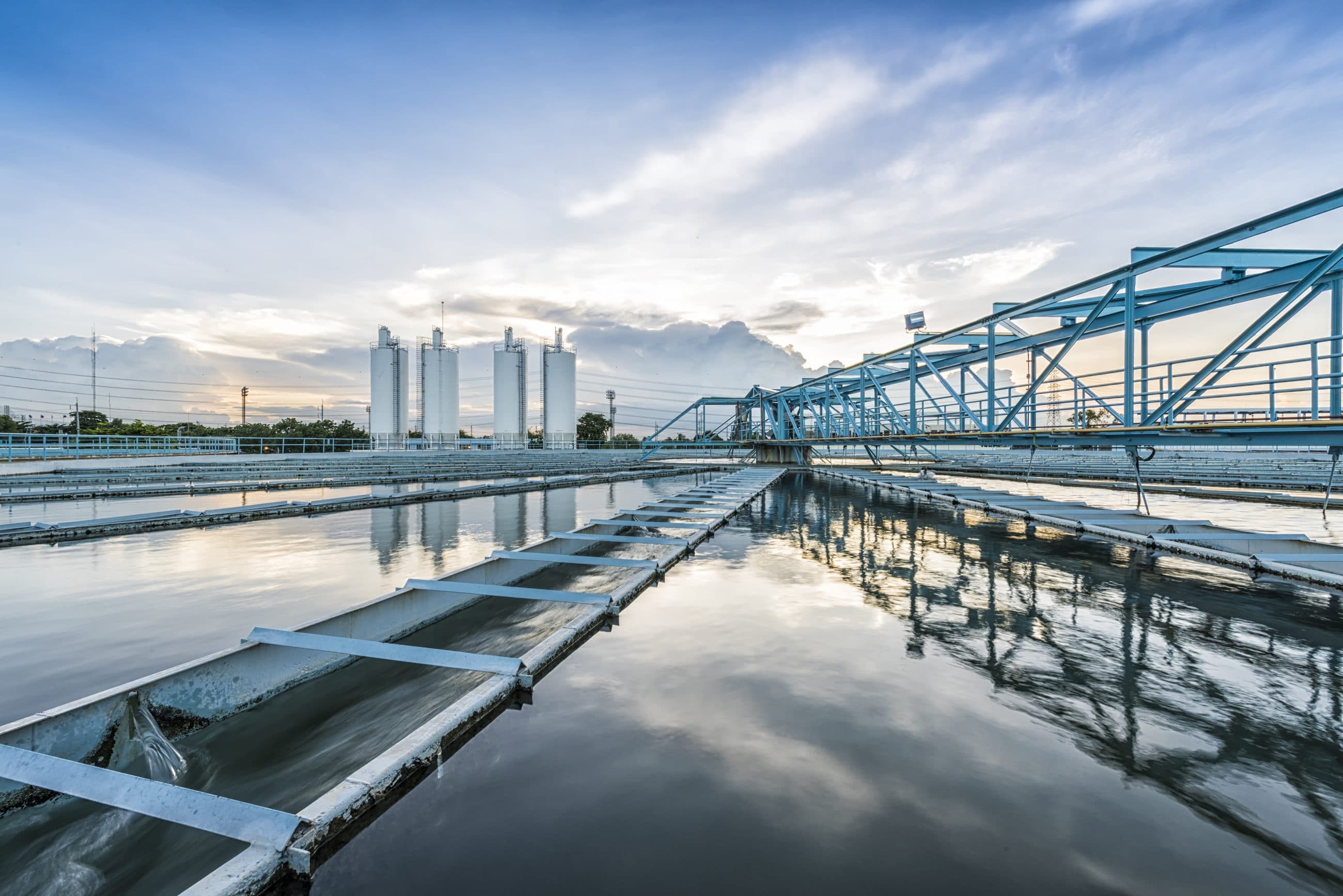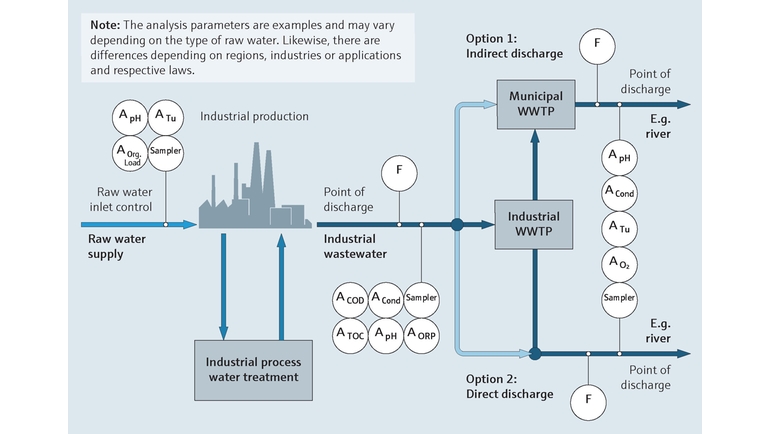Industrial Waste Water Treatment-- Efficient Waste Monitoring for Factories
Industrial Waste Water Treatment-- Efficient Waste Monitoring for Factories
Blog Article
Advancements and Advances in Hazardous Waste Water Treatment Technologies
The landscape of commercial wastewater treatment is undergoing a transformative shift, driven by innovations that enhance both efficiency and sustainability. As regulatory standards develop, the integration of AI and device knowing into wastewater management systems promises to streamline operations and ensure conformity.
Introduction of Drainage Treatment Technologies
Wastewater treatment technologies encompass an array of approaches created to eliminate contaminants from industrial effluents prior to their launch into the environment. These modern technologies are important for preserving environmental balance and ensuring conformity with environmental regulations. The key classifications of wastewater treatment consist of physical, chemical, and organic methods, each offering unique purposes based upon the nature of the pollutants present.

Biological therapy approaches employ microorganisms to break down raw material, making them particularly effective for organic-rich effluents. Methods like triggered sludge and biofilm activators harness the all-natural destruction capabilities of bacteria, resulting in considerable decreases in biochemical oxygen need (BODY)
Advanced Purification Strategies
Advanced purification strategies stand for a vital development in the world of commercial wastewater therapy, improving the effectiveness of pollutant elimination processes. Industrial Waste Water Treatment. These techniques include a variety of innovations, including microfiltration, ultrafiltration, nanofiltration, and reverse osmosis, which offer sequential barriers for numerous fragment dimensions and chemical frameworks
Microfiltration and ultrafiltration use membrane systems to remove suspended solids, microorganisms, and bigger natural particles, enhancing the quality of effluent before more therapy. Nanofiltration connects the gap between ultrafiltration and reverse osmosis, properly getting rid of divalent ions and natural substances, hence lowering the load on downstream procedures.
Reverse osmosis provides the highest level of purification by allowing only water and small molecules to travel through its semi-permeable membrane layers, making it suitable for recovering premium water from industrial effluents. Current improvements in membrane modern technology, including the development of even more resilient and fouling-resistant products, have significantly enhanced operational performance and decreased prices.
Integrating these advanced purification techniques not just enhances the total treatment procedure but additionally adds to sustainability initiatives by enabling water reuse and source recovery in commercial setups. (Industrial Waste Water Treatment)
Biological Therapy Developments

Furthermore, the growth of engineered biological systems, such as membrane layer bioreactors (MBRs), combines organic treatment with advanced membrane layer filtration. This assimilation enables greater effluent high quality and reduced impact, making it appropriate for space-constrained industrial centers. Advancements in genetically engineered microbes have likewise emerged, improving the biodegradation of specific pollutants, such as pharmaceuticals and hefty steels, that are typically testing to eliminate.
In addition, the implementation of bioaugmentation approaches, where advantageous germs are introduced to improve the existing organic treatment procedures, has actually shown appealing cause improving therapy efficiency. These developments jointly indicate a trend in the direction of even more sustainable and effective biological treatment techniques that can adapt to the developing intricacies of commercial wastewater streams. As industries remain to focus on ecological conformity, these biological developments will certainly play an essential role in wastewater administration.

Source Healing Methods
In commercial settings, the integration of source recovery approaches has come to be progressively important for boosting sustainability and lessening waste. These methods concentrate on extracting useful materials and power from wastewater streams, thereby changing potential toxins into multiple-use resources.
One famous method is vitamins and mineral recovery, where nitrogen and phosphorus, usually present over in wastewater, are captured and exchanged fertilizers. This not just reduces ecological influences but additionally provides a round economy option for farming applications. Additionally, innovations such as anaerobic food digestion allow for the conversion of natural waste right into biogas, a renewable power resource that can offset nonrenewable fuel source use in industrial procedures.
Furthermore, progressed filtration and membrane technologies help with the healing of industrial spin-offs such as salts and steels. These recuperated products can be rehabilitated into production procedures, lowering the requirement for virgin sources.
Future Trends in Drainage Management
As industries significantly focus on sustainability, the future of wastewater monitoring is set to undergo substantial changes. Technological advancements, such as man-made knowledge and artificial intelligence, will enable extra reliable monitoring and management of wastewater systems. These technologies can predict upkeep demands, maximize therapy the original source procedures, and improve decision-making, eventually minimizing operational expenses and environmental influence.
Moreover, the assimilation of round economic situation concepts will play a vital function in wastewater administration. Industries are expected to shift in the direction of systems that not just treat wastewater but additionally recoup important sources, such as nutrients, water, and power. This change will lessen waste and advertise the reuse of products, aligning with global sustainability goals.
Emerging therapy methods, such as membrane layer bioreactors and progressed oxidation processes, will additionally boost the effectiveness of wastewater treatment, allowing for better effluents appropriate for reuse. Furthermore, regulatory structures are likely to progress, highlighting more stringent requirements for wastewater discharge and encouraging sectors to adopt ingenious treatment solutions.
Verdict
In verdict, the advancement of industrial wastewater treatment innovations shows a substantial shift towards improved performance and sustainability (Industrial Waste Water Treatment). Technologies in advanced filtration methods, biological therapies, and source recuperation methods highlight the market's dedication to ecological stewardship.
The landscape of commercial wastewater therapy is undertaking a transformative change, driven by technologies that boost both efficiency and sustainability.Wastewater therapy technologies encompass a range of methods designed to remove pollutants from commercial effluents prior to their release into the atmosphere.Taking advantage of the power of biological processes has led to significant innovations in the treatment of commercial wastewater.In addition, the execution of bioaugmentation approaches, where valuable germs are introduced to enhance this content the existing organic therapy procedures, has shown encouraging outcomes in enhancing treatment performance. These innovations jointly symbolize a pattern towards even Click This Link more effective and sustainable biological therapy methods that can adapt to the evolving intricacies of industrial wastewater streams.
Report this page